France has played a pivotal role in the evolution of the hot hatch, a category of high-performance hatchbacks that have captured the hearts of car enthusiasts worldwide. From the early days of the genre to the present, French automakers have consistently pushed the boundaries of design, performance, and accessibility. This exploration delves into how France has shaped hot hatch culture through innovation, iconic models, and a passion for driving.
The Birth of the Hot Hatch
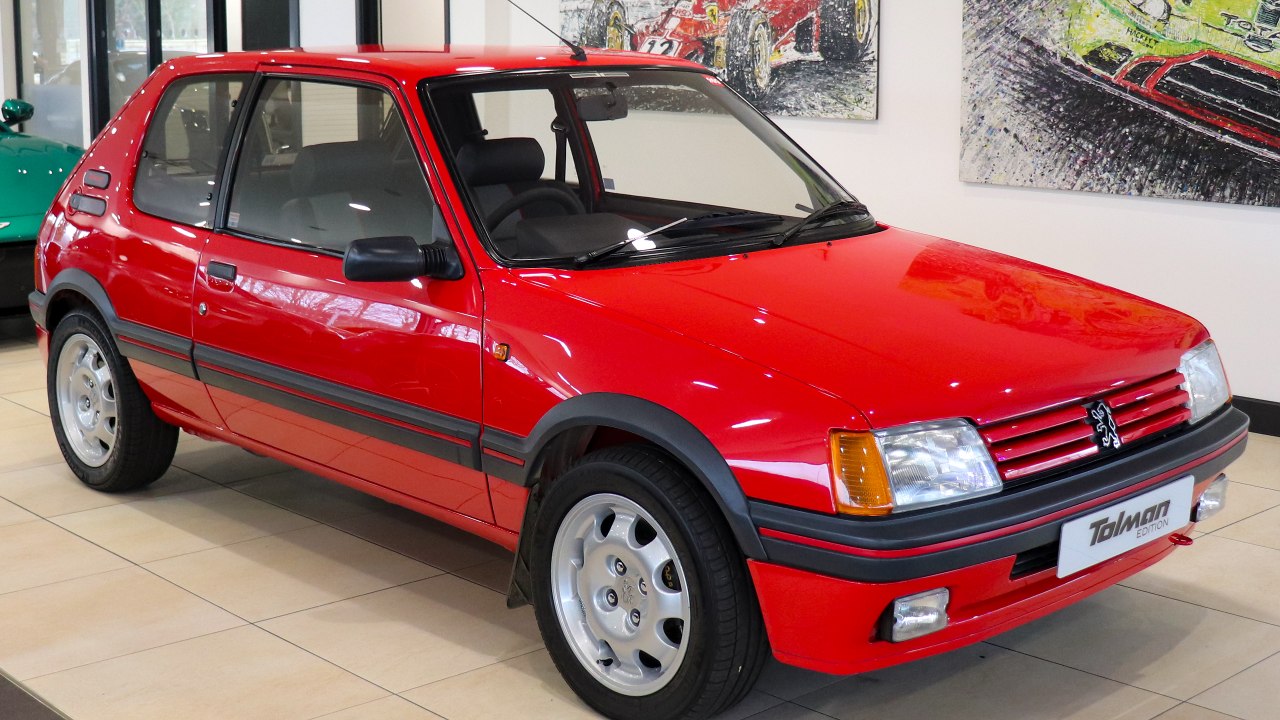
The late 1970s and early 1980s marked the emergence of compact, sporty cars that would come to define the hot hatch category. During this period, French manufacturers like Renault and Peugeot began to experiment with small, agile vehicles that combined practicality with performance. The Renault 5 Alpine, introduced in 1976, was one of the first cars to embody this new approach. It featured a 1.4-liter engine that delivered impressive power for its size, setting the stage for future developments in the segment.
Another groundbreaking model was the Peugeot 205 GTI, launched in 1984. This car quickly became a benchmark for the hot hatch genre, thanks to its lightweight design and spirited driving dynamics. French manufacturers prioritized performance and practicality, ensuring these vehicles were not only fun to drive but also suitable for everyday use. The 205 GTI’s success demonstrated the potential of hot hatches to appeal to a broad audience, paving the way for future innovations.
Iconic French Hot Hatches
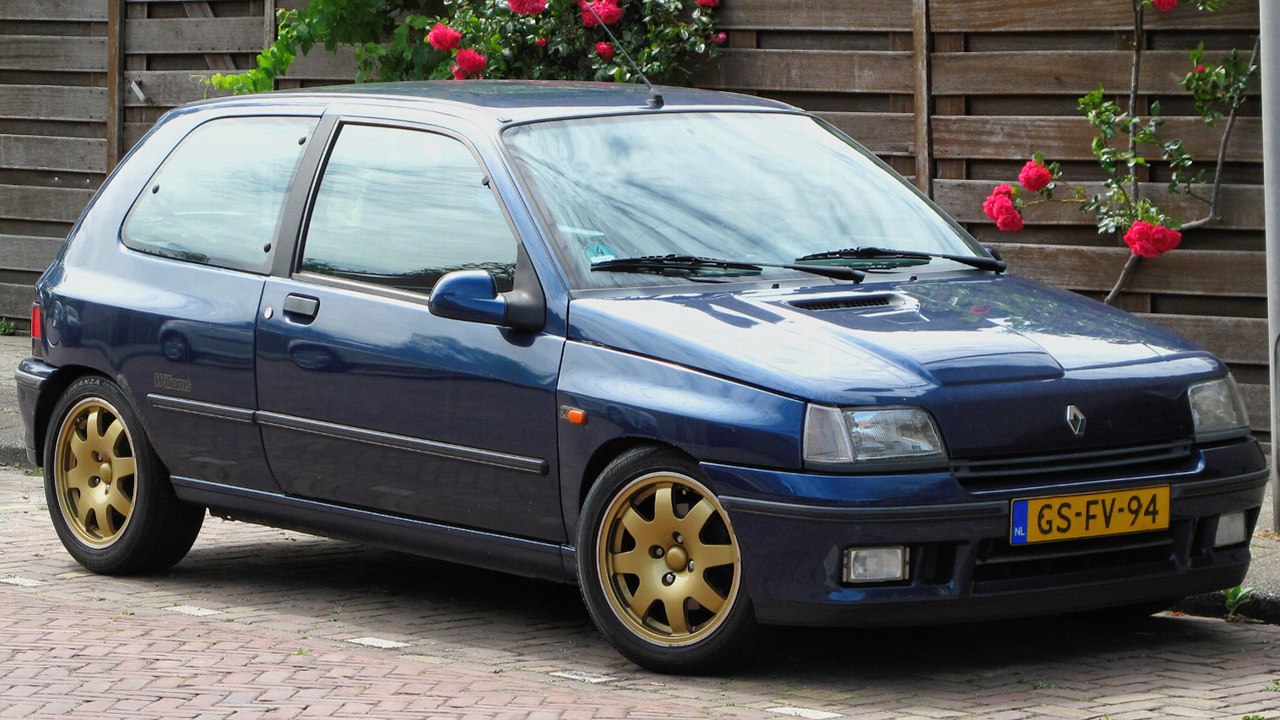
The Peugeot 205 GTI remains one of the most iconic hot hatches ever produced. Its impact on car enthusiasts and the automotive industry cannot be overstated. With its responsive handling and lively engine, the 205 GTI offered a driving experience that was both exhilarating and accessible. It became a symbol of the hot hatch movement, inspiring countless imitators and solidifying France’s reputation as a leader in this field.
In the 1990s, the Renault Clio Williams emerged as another standout model. Named after the Williams Formula One team, this limited-edition hot hatch was celebrated for its performance and exclusivity. The Clio Williams featured a 2.0-liter engine and a finely tuned suspension, making it a benchmark for performance during its era. Its success further cemented Renault’s position as a key player in the hot hatch market.
Citroën also made significant contributions to the hot hatch scene with models like the Saxo VTS. Known for their unique design elements and spirited performance, Citroën’s hot hatches offered a distinct alternative to their Peugeot and Renault counterparts. The Saxo VTS, in particular, gained a loyal following among enthusiasts who appreciated its nimble handling and affordability.
Innovations and Technological Advancements
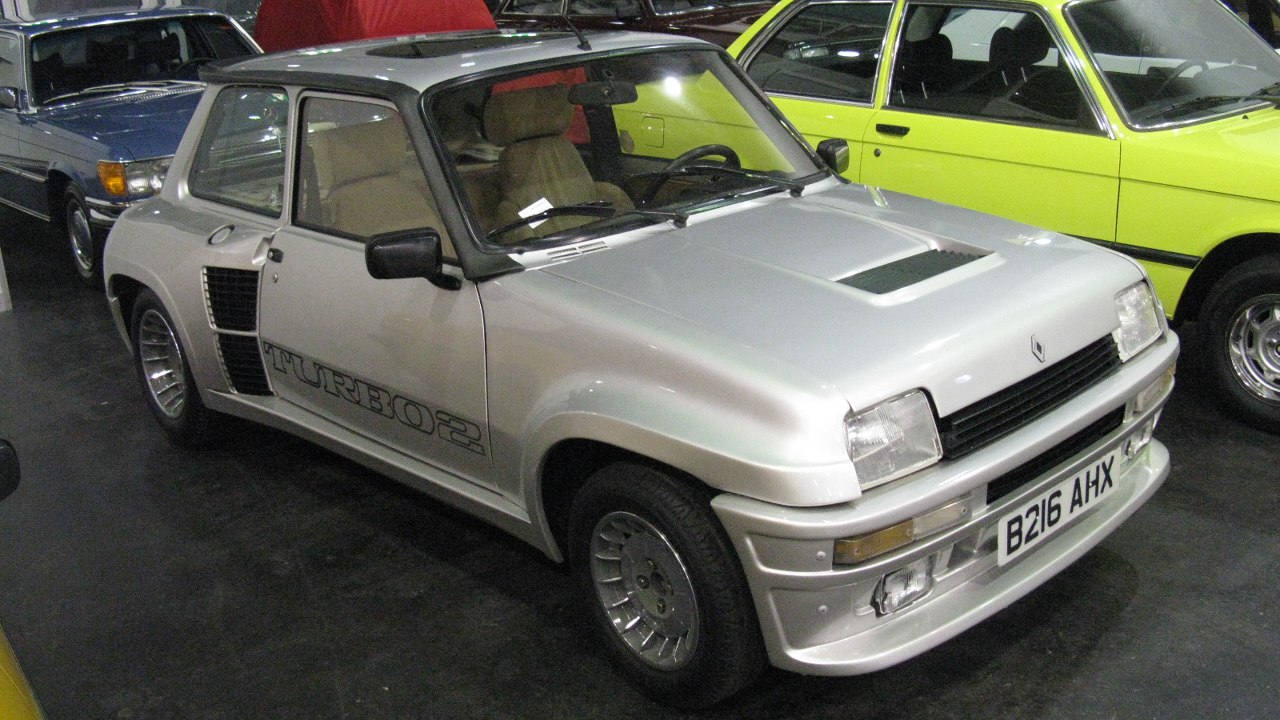
French automakers have been at the forefront of introducing technological advancements that enhance the performance of hot hatches. One of the most significant innovations was the introduction of turbocharging, which allowed manufacturers to extract more power from smaller engines. This technology played a crucial role in boosting the performance of hot hatches, making them even more appealing to driving enthusiasts.
In addition to turbocharging, French manufacturers have also focused on developing advanced suspension systems. These innovations have had a profound impact on handling and ride quality, allowing hot hatches to deliver a more engaging driving experience. By integrating cutting-edge technology into their vehicles, French automakers have ensured that their hot hatches remain competitive in a rapidly evolving market.
Modern French hot hatches continue to incorporate the latest technological advancements, from sophisticated infotainment systems to advanced driver assistance features. This commitment to innovation ensures that French hot hatches remain at the forefront of the industry, offering a blend of performance, practicality, and technology that appeals to a wide range of drivers.
The Cultural Impact of French Hot Hatches
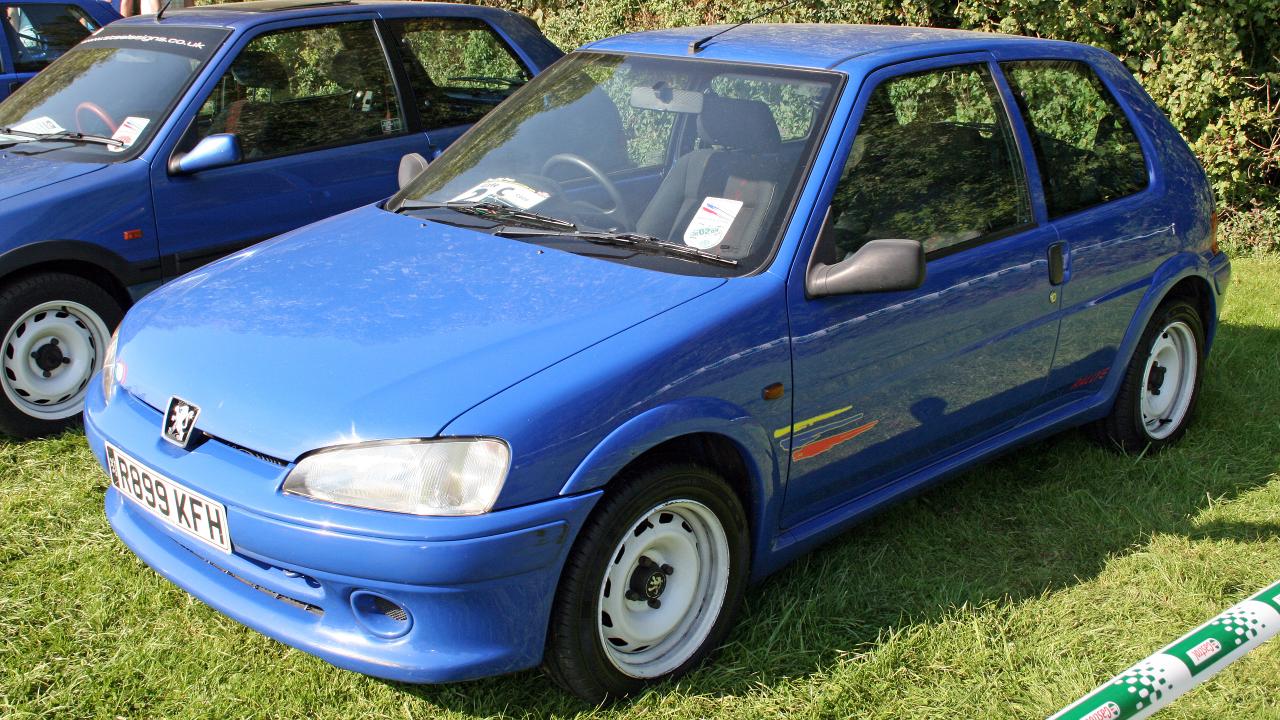
French hot hatches have made a significant impact on popular media and motorsports, further cementing their status as cultural icons. These vehicles have been featured in numerous films, television shows, and video games, showcasing their performance capabilities and appealing design. In motorsports, French hot hatches have competed in various racing series, demonstrating their prowess on the track and enhancing their reputation among enthusiasts.
The community and lifestyle surrounding hot hatch enthusiasts in France and beyond are vibrant and passionate. Owners of these vehicles often participate in car meets, track days, and online forums, sharing their experiences and celebrating their love for hot hatches. This sense of community has helped to foster a strong connection between drivers and their vehicles, making hot hatches more than just a mode of transportation.
For many young drivers, French hot hatches have become symbols of freedom and accessibility. These vehicles offer an affordable entry point into the world of performance cars, allowing enthusiasts to experience the thrill of driving without breaking the bank. This accessibility has contributed to the enduring popularity of hot hatches, ensuring their continued relevance in the automotive landscape.
The Future of French Hot Hatches
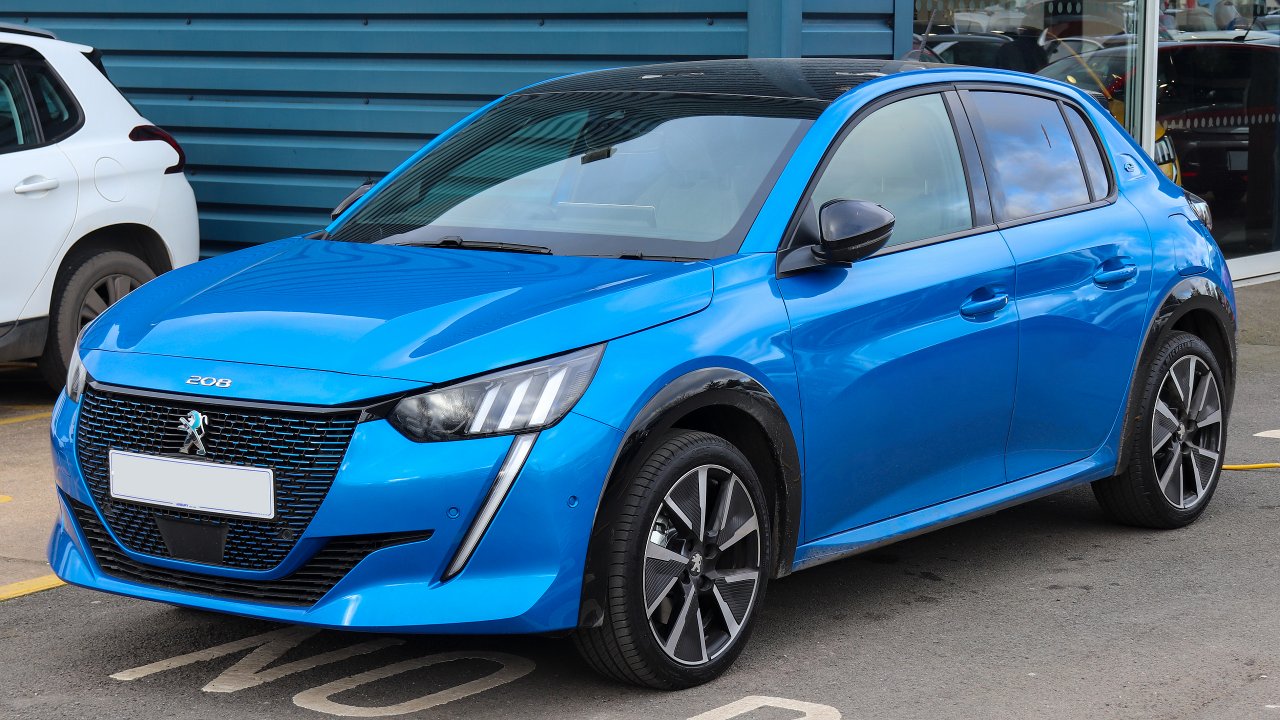
As the automotive industry shifts towards electrification, French manufacturers are exploring new trends in electric and hybrid hot hatches. These emerging technologies offer the potential to enhance performance while reducing environmental impact, aligning with the growing demand for sustainable transportation solutions. French automakers are working to balance their heritage of producing exciting, driver-focused vehicles with the need to embrace new technologies.
The next generation of hot hatches is expected to incorporate a range of innovative features, from advanced battery systems to cutting-edge connectivity options. These developments will likely influence global car culture, as manufacturers worldwide look to France for inspiration in creating the next wave of high-performance hatchbacks. By maintaining their commitment to innovation and performance, French automakers are poised to shape the future of the hot hatch segment.
In conclusion, France’s contributions to the hot hatch genre have been instrumental in shaping its evolution. From pioneering models like the Renault 5 Alpine and Peugeot 205 GTI to the latest advancements in technology, French manufacturers have consistently pushed the boundaries of what is possible in a compact, high-performance vehicle. As the industry continues to evolve, the influence of French hot hatches is likely to endure, inspiring future generations of car enthusiasts around the world.
Like Fast Lane Only’s content? Be sure to follow us.
Here’s more from us:
*Created with AI assistance and editor review.

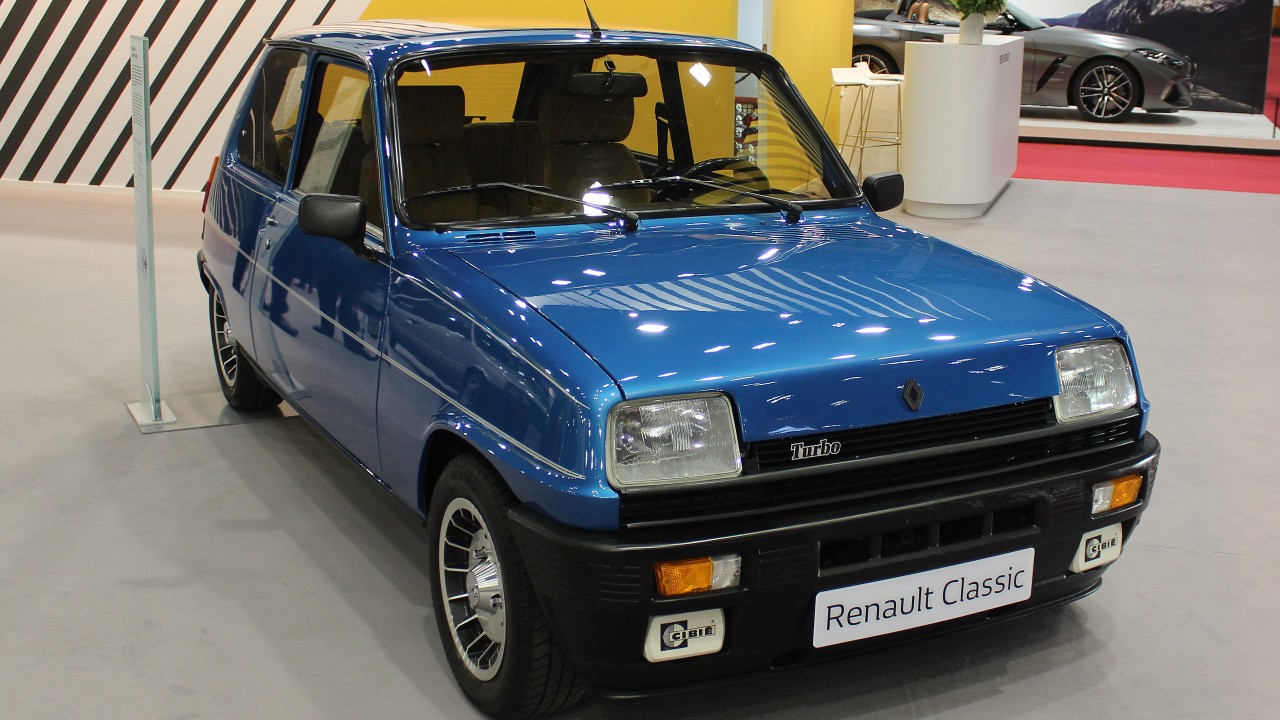

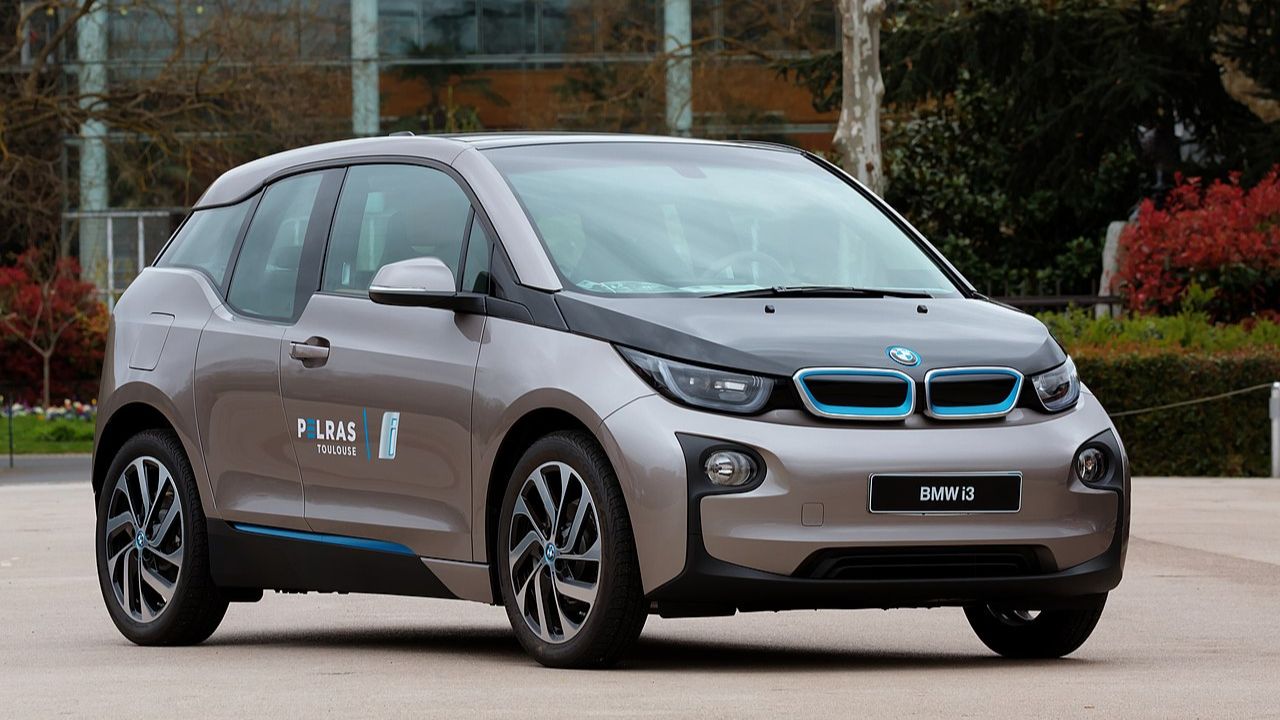
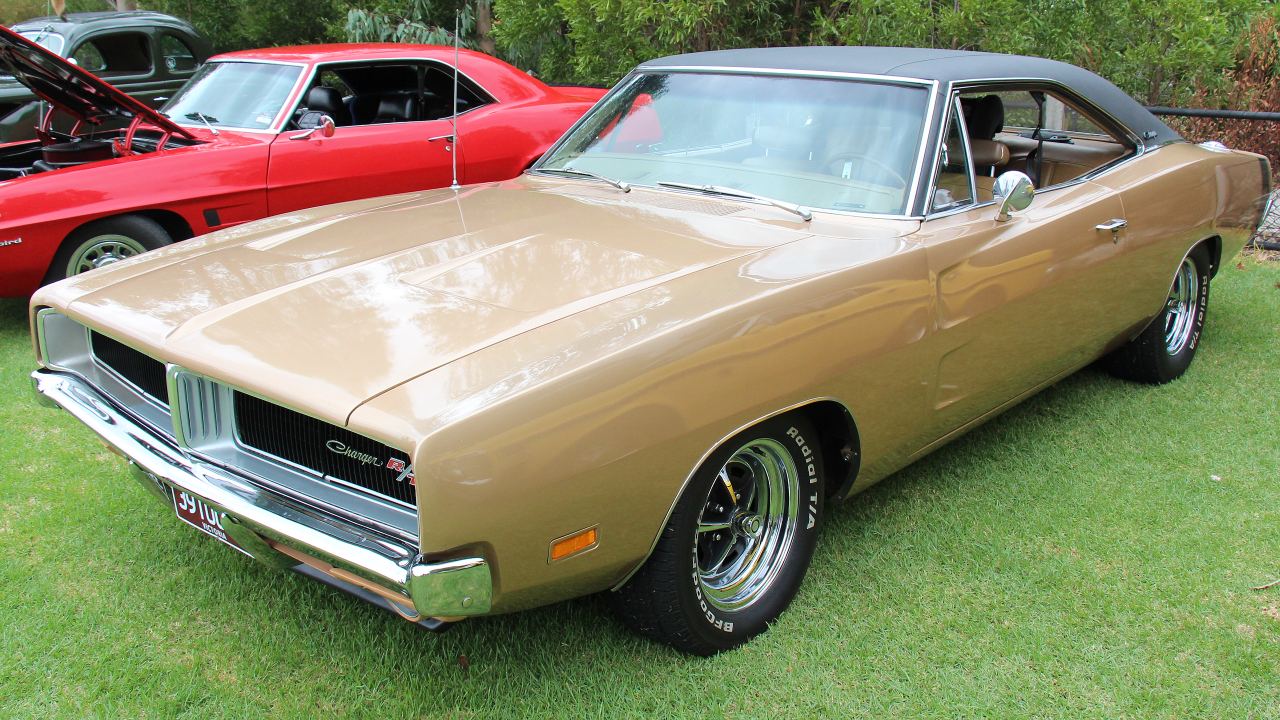
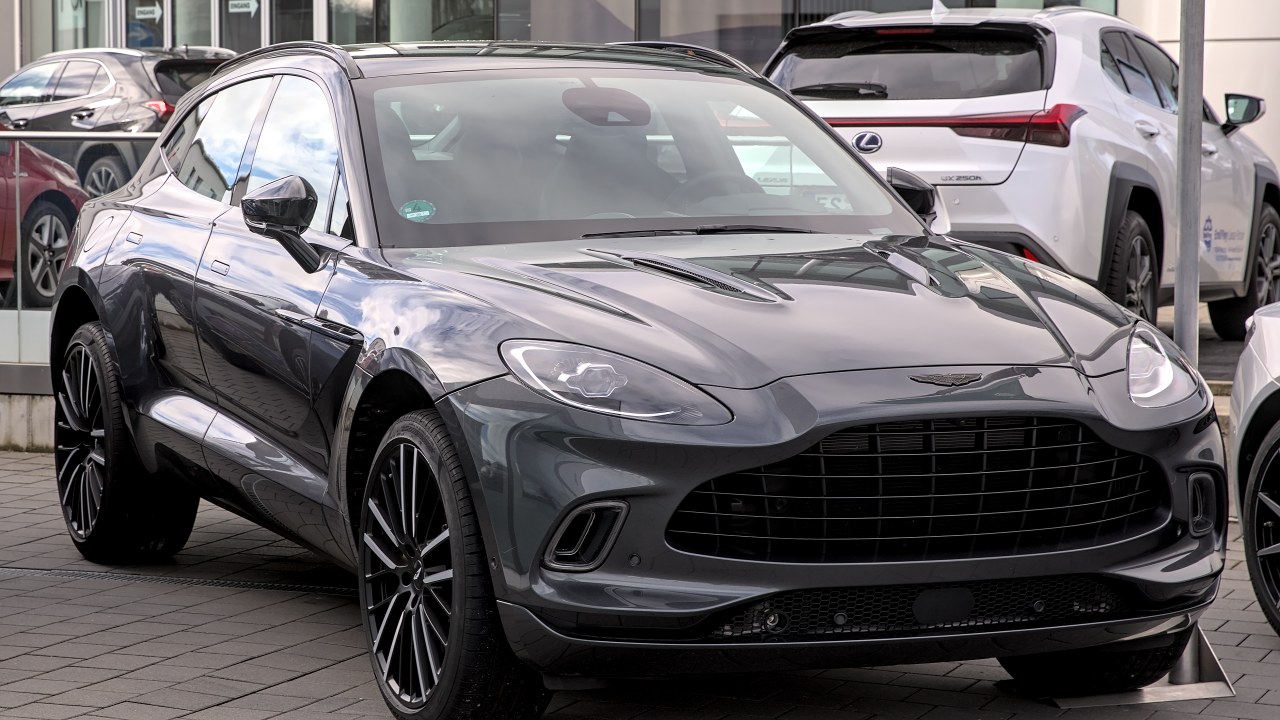
Leave a Reply